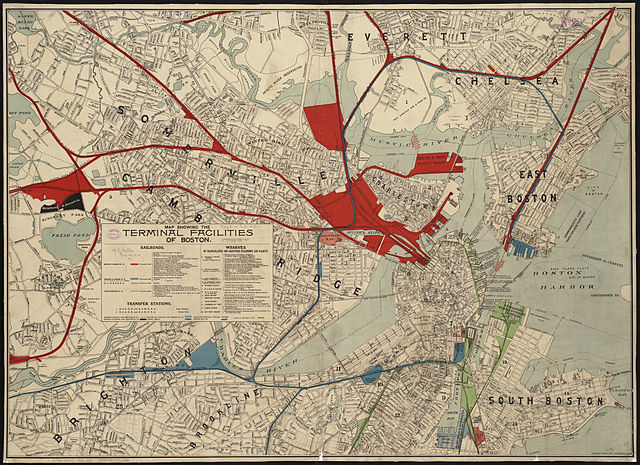dieciduej wrote:BostonUrbEx wrote:One question: where is "Lotus Place"?
Is was the a carhouse next to Arborway, I believe it closed in 1985 or 86. Arborway was originally the bus garage.
JoeD
Lotus Place is the original name of Brookley Road.
The original carouse name was Forest Hills.
It was changed to Arborway after the Transfer Station opened there in 1923, to avoid confusion with the elevated station.
The MTA referred to the Carhouse as Lotus Place to avoid confusion with the Bus Garage, though the official name remained Arborway.
Similar situations:
Park St. Carhouse and Dorchester Bus Garage
Salem St. Carhouse and Fellsway Garage
Charlestown Neck Carhouse and Charlestown Garage
The Carhouse and Garage at Allston were not open simultaneously, so both were known as Allston.
Gerry. STM/BSRA
The next stop is Washington. Change for Forest Hills Trains on the Winter St. Platform, and Everett Trains on the Summer St. Platform. This is an Ashmont train, change for Braintree at Columbia.





























































